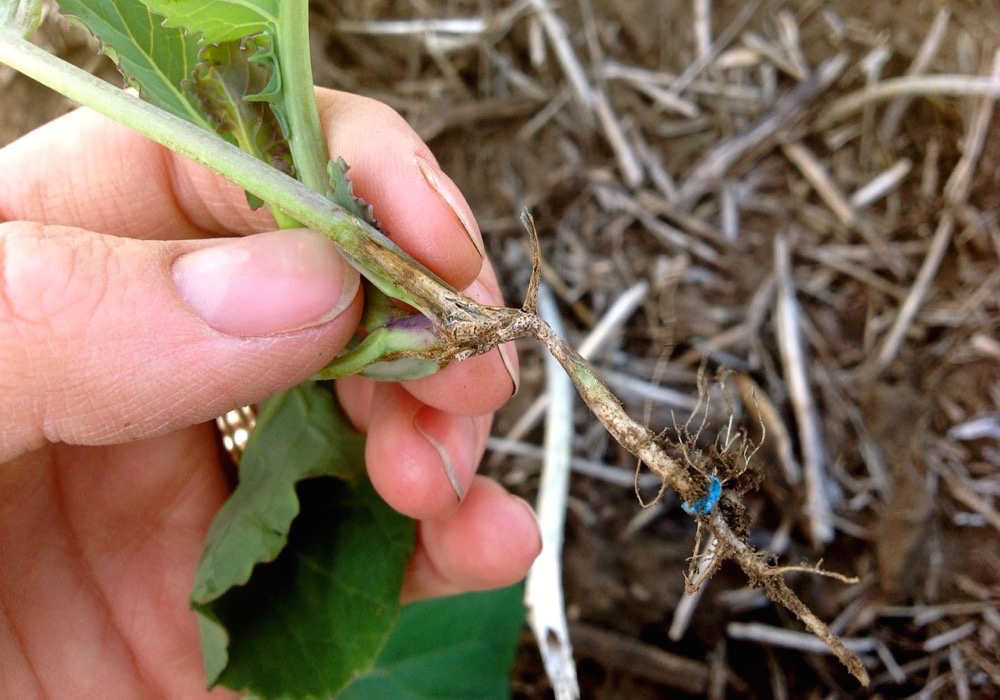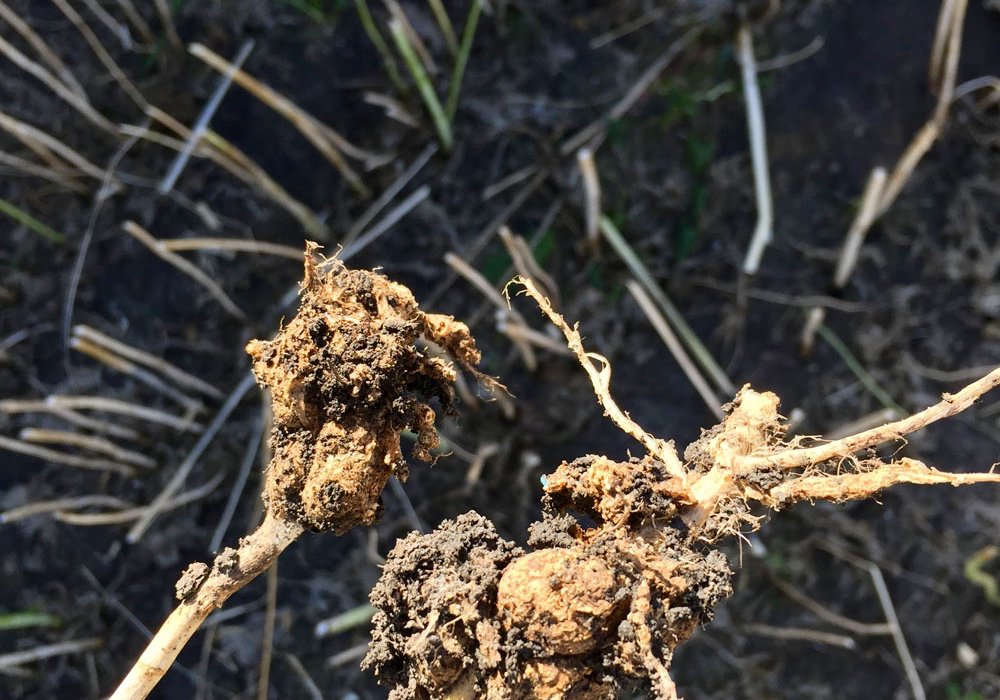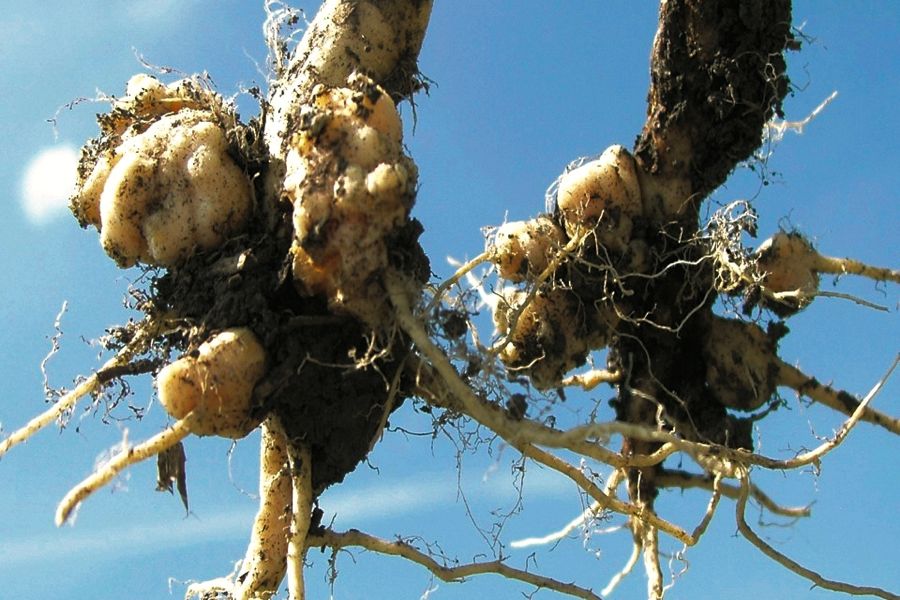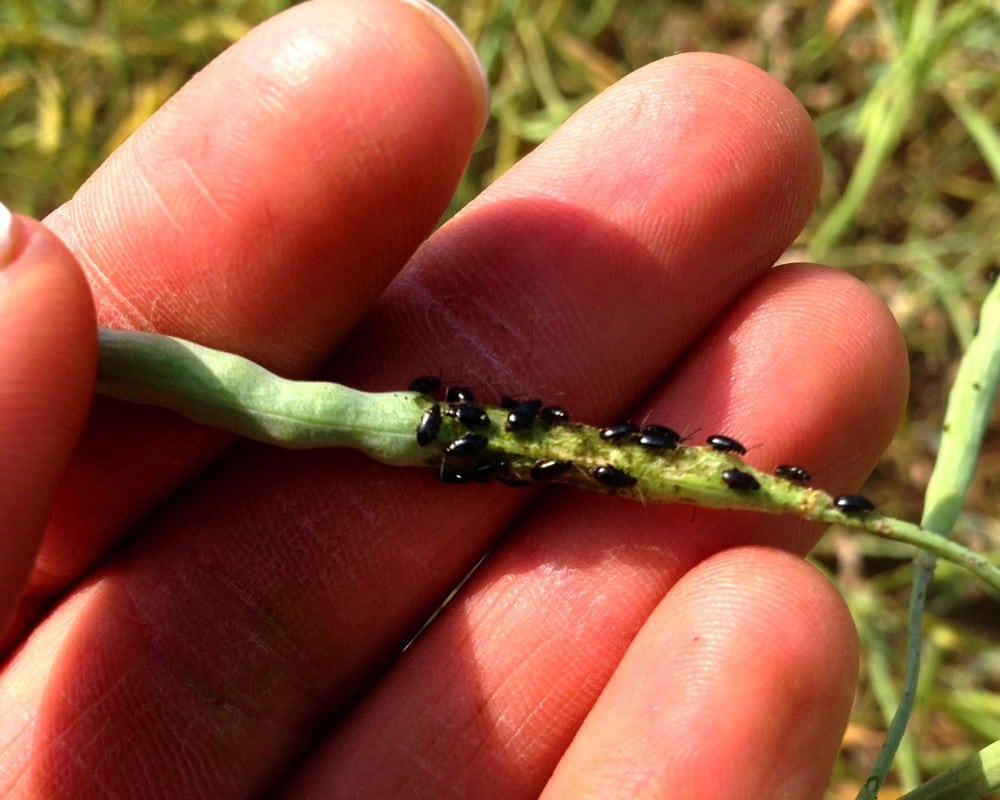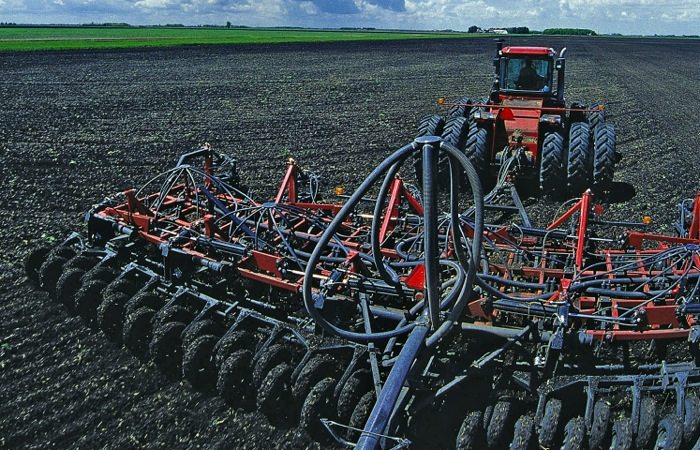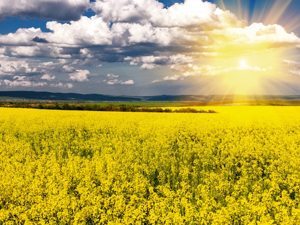Not sure if the new canola varieties are for you? Here are four reasons to give them a try

As part of your planning for next season, sit down with your local seed rep and work out a game plan to test drive some new canola seed products on your farm. Here are four reasons why it’s always worth investing the time and effort.
1. Yield and harvestability

Without a doubt, one of the biggest benefits of trying out new canola genetics is that they allow you to take advantage of increased yield potential and better harvestability overall. New canola genetics also offer the potential for larger seed sizes, which can provide stronger plant emergence in the spring — especially in tougher environmental conditions at seeding time.
2. Advanced disease package

A second major benefit to new canola genetics is that you can take advantage of a potentially stronger, more advanced disease package that’s better suited to help you manage agronomic challenges.
3. Disease resistance

Third on my list is that new canola genetics allow you to rotate resistance to some of the most challenging diseases, such as blackleg and clubroot.
For example, switching to a new hybrid that uses a different source of clubroot resistance will allow you to rotate your canola with the confidence that you’re protected against known, common clubroot races, and possibly the variations showing up in Western Canada. You also extend your resistance rotation, which is critical in keeping disease at bay.
4. Spread your risk

The fourth and final benefit of new genetics is that having multiple hybrids growing on your farm helps you spread out your agronomic risk — especially since we can’t control how weather events, pests and disease will progress.
Should you want to test drive a few new hybrids through on-farm trials, bear in mind from the outset that it does take a bit of commitment at seeding time in terms of cleaning out drills for each hybrid and mapping out where you’re going to set up each plot. Harvest may also take a bit longer when you’re weighing yields for each new variety.
Above all else, stay in close contact with your local seed rep so you can be sure you’re giving new products a fair look. You may find a variety that’s an even better fit for your operation.
– Doug Moisey is an area agronomist with Corteva Agriscience, an agriculture division of DowDuont.


